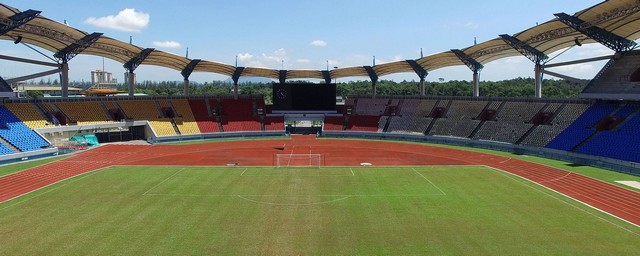– extracted and adapted from RAKAN Sarawak April-June 2021 –
Sport infrastructure encompasses facilities, systems, goods, and services that enable sports and leisure activities.
They include stadiums, sports halls, swimming pools, fitness facilities, ski resorts, golf courses and many others.
Concerns over this issue came from areas where the populace is increasing and sport infrastructure are unavailable to accommodate the growing number of residents.
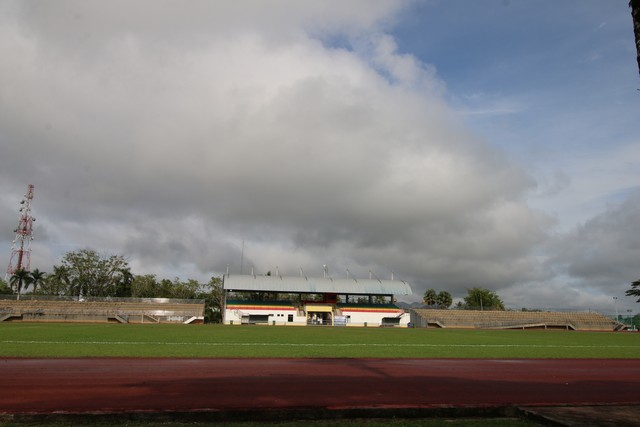
For example, in Kapit, a mini stadium cum football field complete with a running track was proposed to be built for the community to cater for the increasing need of promoting sports especially football among the youth.
However, it was said that it was no longer adequate for sport activities to be carried out by the schools, local clubs and associations and government sports activities, thus the need to upgrade sport infrastructure in the area.
In Sarikei Division, there was a proposal for an integrated indoor stadium complete with a recreational park.
It was noted that the only current venue used for events in the area was the Sarikei Civic Center which was small and unable to accommodate for large-scale events.
During the DUN sitting on 9 November 2020, it was informed that the Ministry of Youth and Sports Sarawak (MYSS) had submitted a project proposal to build an integrated indoor stadium under the 12th Malaysia Plan (12MP).
At the time of writing, sport infrastructure in Sarikei include an open stadium, indoor stadium and a civic centre for large-scale events and activities in the division.
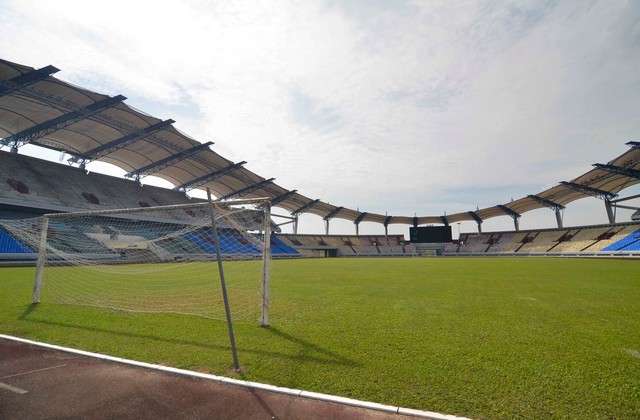
“Today, sports have emerged as an important component of socio-economic development of a state.
“The people’s active participation in sports and games will improve community health and productivity, reduce medical expenses, imbibe discipline in character, generate great leaders, and enhance social cohesion,” said Minister of Youth and Sports Sarawak, YB Datuk Haji Abdul Karim Rahman Hamzah in his winding up speech at DUN sitting on 7 May 2019.
The development of sport infrastructure encourages the young population to participate in sporting activities, thus contributing to a healthier society.
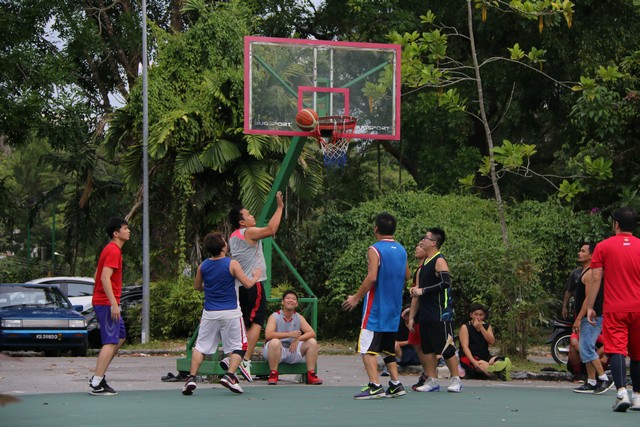
Skills and abilities developed through sports promote people’s well- being and has direct impact on their physical, mental and psychological performance, hence better quality of life.
So, in order to encourage the society to lead more health-conscious lives and pursue more sports, providing proper infrastructural background is crucial because pure motivation and provision of health education is not enough.
Aside from health benefits, sport infrastructural investments and developments result in various and long-term impacts, includes social and economic benefits.
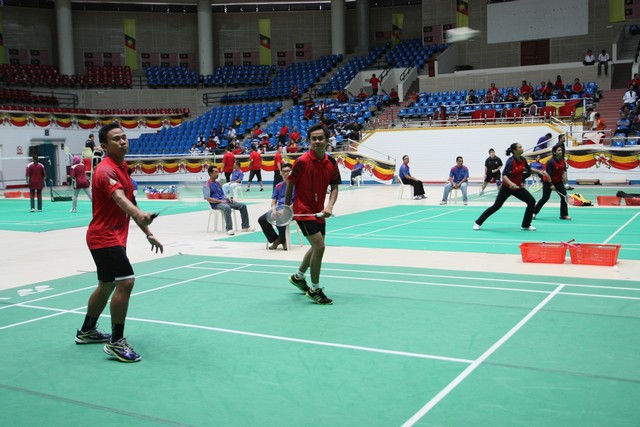
Socially, the establishment of sport infrastructure acts as a bridge that connects various communities and improve social cohesion.
The Australian Institute of Criminology also acknowledged that the role of physical activities especially sports can prevent or reduce crimes and anti-social behaviours such as substance abuse, suicide or self-harm, unemployment, and mental health.
Economically, events that are held at local sports infrastructure deliver benefits to local community, especially from tourism expenditure related to visitors brought to the community through the events and from activities generated from the participation of the community in the infrastructure. In recent years, Sarawak has hosted several major sporting events such as SUKMA and various activities generated from events such as sport competitions at local sport infrastructure bring economic benefits to the community.
“The organising of sporting events will also help in developing infrastructure, generate employment, secure inflow of foreign capital, and thus contributes significantly to the economic development of a state,” said YB Datuk Abdul Karim in his 2019 DUN winding-up speech.
Under this environment, local athletes can focus on their training and be better prepared physically and mentally when participating in major sporting events.
YB Datuk Haji Abdul Karim also noted that Sarawak needs a high-performance sports centre if it wants to be known as a sport powerhouse by 2024.
As Sarawak aims to become Malaysia’s sport powerhouse in the near future, investing in the development of sport infrastructure will ensure the State to achieve its aspiration sooner than expected.
